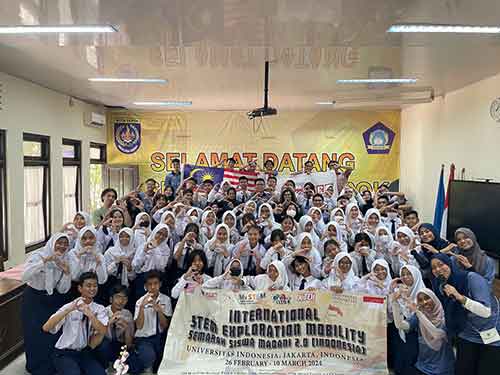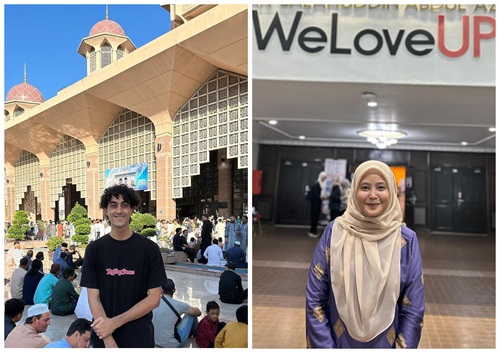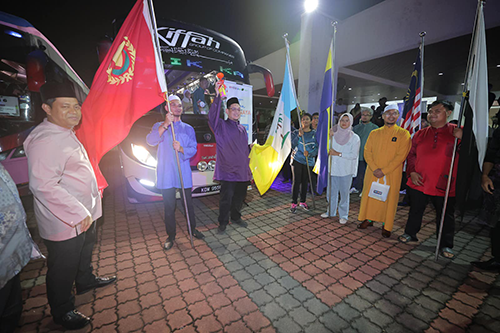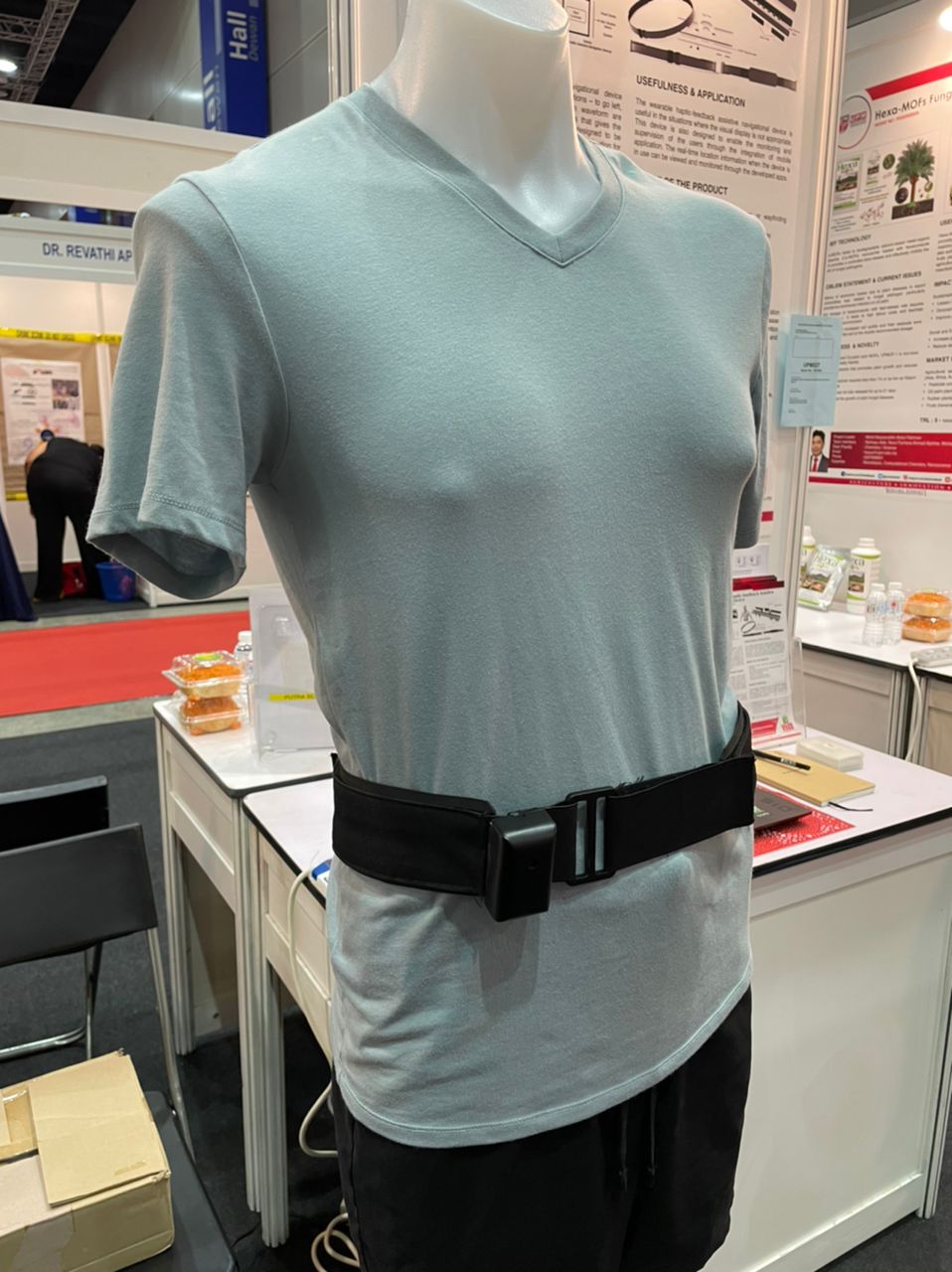 |
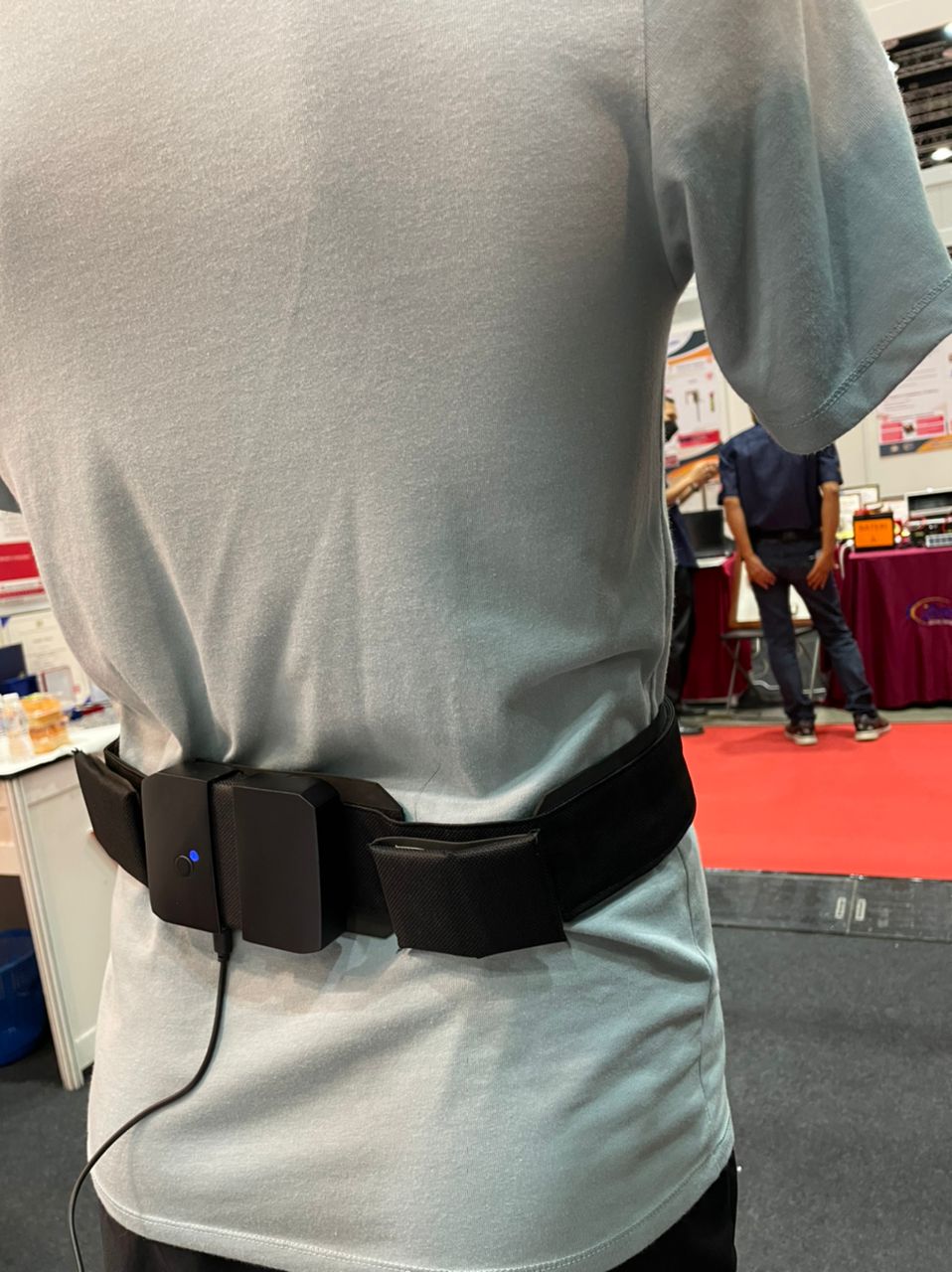 |
SERDANG, June 2 – Visual instruction such as reading map display is a common technique used as a navigational aid or to find directions. However, this is a difficulty for those who experience a decline in visual and other sensory acuity due to age factors, as well as senior citizens with cognitive impairment issues.
Therefore, there was a need to develop assistive navigational devices for users from this group. This also took into account the increase in the elderly population in Malaysia, according to the Malaysian Census 2020 records.
In this regard, a researcher from the Faculty of Design and Architecture, Universiti Putra Malaysia (UPM), Ts. Dr. Rosalam Che Me, developed an innovation using haptic technology specifically designed as a navigational device for senior citizens suffering from cognitive impairments such as dementia.
The system of this device is equipped with haptic simulation technology as its main signal, without requiring visual directions and navigational concepts to produce the simplest navigational information, which is moving left, right and forward.
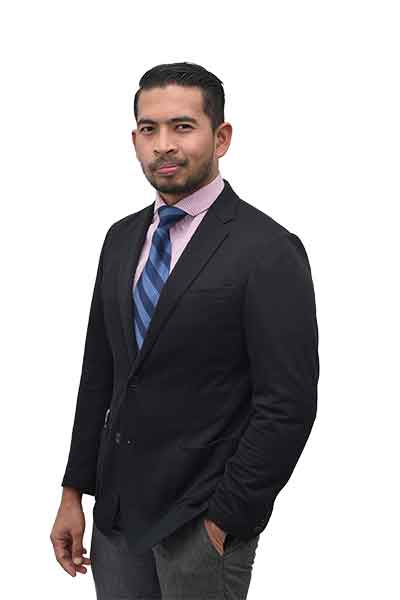 |
 |
According to Ts. Dr. Rosalam, the device was designed to be worn as a belt. It is equipped with a series of mini vibration motors that produce haptic stimuli as a waveform.
“The series of vibration motors are arranged horizontally according to the beltline and activated with time intervals to produce haptic signals in a waveform. The haptic signals in the form of waves are intended to produce a push sensation on the user wearing the device, helping them move and take the right direction,” he said.
He added that the beltline is one of the best body parts for the device to be worn and for haptic technology as it does not interfere with movement and has a high sensitivity towards haptic signals.
“The addition of sound signals into this system increases the sensitivity of the overall design. The sound signal in the form of a voice command will be released to the user simultaneously when a haptic signal is produced – turn right, turn left and move forward.
“The device system is equipped with an integrated mobile application that aims to monitor users when the device is in use. The application allows their activities and places visited to be monitored and recorded in the system. This will increase user’s freedom and simultaneously adapt to the new norms of the endemic phase,” he said.
The device's features that were not complicated are important to avoid distraction or confusion among users while finding their direction, especially those who suffer from cognitive problems such as dementia. This assistive navigational device is also designed to enable user monitoring and supervision. The mobile application included is able to provide useful information for monitoring purposes, especially for caregivers or therapists, through a visual feed in the form of video and images from the camera mounted on the device.
This application can increase confidence among caregivers to allow users to use the device without supervision and, at the same time, increase users' freedom. - UPM


